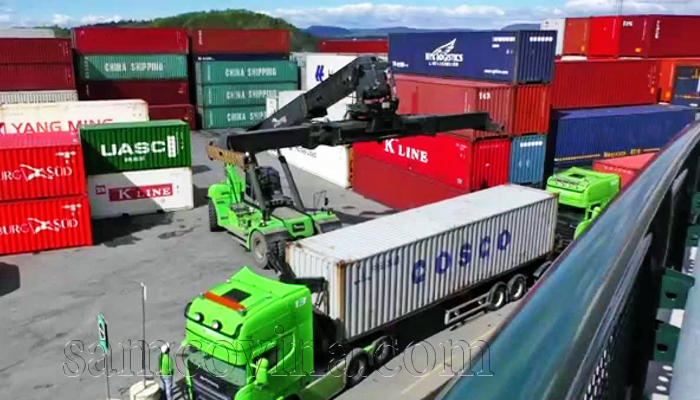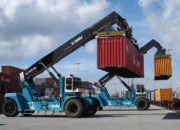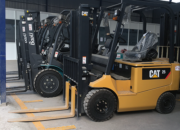How important are forklifts in warehouses?
If you asked anyone outside the material handling industry (the warehousing service industry) to describe a forklift, they would describe a classic forklift consisting of: four wheels, a large body behind a mast, a chair and seat that resembled a regular lawn mower. But these specialized forklifts can perform a wide range of jobs – tasks, which prevails with lifting operations managers. Oftentimes, operations managers focus on the item’s moving needs but don’t care about the details.
As manufacturing facilities are increasingly pressed to achieve maximum productivity and minimize operating costs especially labor – this has huge implications for manufacturing facilities, the use of Specialized equipment from warehouse service centers and from other distributors have been used by manufacturing facilities/businesses for decades. Because of the convenience and efficiency of using a forklift, think about the cost of operating (owning) a forklift. All costs from loading and unloading labor go to specialized equipment to increase operational efficiency in specific tasks.

When using forklifts, remember a few brief rules:
– Check your forklift usage. Calculate cumulative usage hours (hours ending at start) for the forklift and divide by the number of changes in time. If your total is 4 hours or less of forklift usage over a period of time, the operator can have the right balance and maneuver the forklift to avoid hurting his or her overall productivity.
– Choose a forklift that helps the operator to be most productive in the current job. If you’re an executive at a manufacturing facility or manufacturing business, consider applications where specialized equipment can increase productivity and save on labor costs.
On docks, ports or in work areas: If you only need to move pallets short distances and don’t require stacking or shelving, consider a pallet truck. The operator has a need to interact with the load by determining the shape of the payload and its next destination. Adding accompanying pallet trucks in work areas can mean more than bulky equipment, on the other hand it eliminates labor time driving back and forth between areas. It can also reduce the working time in waiting to move to the next area. If you need to stack pallets on a shelf, but only need a small port area or a manufacturing unit, then a manual.electric stacker can meet the need at a low cost compared to a forklift. dedicated.
– For long-distance operations: If you need to get materials from one end of the plant to the other, consider a trailer truck. You may need to use an additional narrow aisle forklift to take pallets out of the warehouse and onto the trailer. Allowing each truck to focus on what it does best not only enhances performance, but also allows operators to maximize the work of each dedicated vehicle. Road carts also work well for loading and unloading, if no stacking is required.
– For laboratories that hold inventory: On-site inventory cannot be used for production tasks. To minimize the floor space stowed by inventory, use a narrow-load forklift, such as an electric forklift or hand truck. Because these forklifts require less aisle space than traditional forklifts, there is more space for value-added manufacturing.
Keep your production facility focused on the job by providing a forklift built for the specific job at hand. Equipment costs are often reduced by labor costs, so investing in specialized tools and equipment saves businesses.








Bài viết mang tính chung chung quá, nếu bạn có kiến thực có thể viết 1 bài khái quát hơn
Cảm ơn bạn đã góp ý